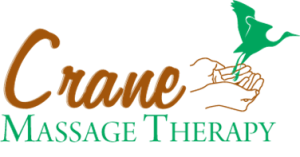You love, cherish and spoil your pet. But do you give them massage?
Along with the glut of luxury pet products and services on the market (everything from a $26,800 Louis Vuitton dog carrier to $100,000 “pet weddings”), pet massage has been viewed by many as a clear example of extravagance.
But particularly for animals suffering from muscle soreness, arthritis, athletic injuries and other ailments, massage can be a simple way to help heal pets and bond with them. “They relieve my stress – why shouldn’t I relieve theirs?” is a common refrain.
Pet massage is offered by some massage therapists and veterinary offices, but it also can be practiced by pet owners, provided they take simple precautions and educate themselves.
Like traditional massage, pet massage offers a variety of benefits including supporting joint and muscle health, stimulating circulation, and minimizing the restrictions caused by scar tissue and knots.
The movement started with Equissage, a program which has trained and certified more than 10,000 professional equine therapists who work with equestrian teams and centers around the world. The positive effects of massage have been well documented with horses, and the theory holds that these benefits can be experienced by any larger pet.
Certification is offered in Canine Sports Massage Therapy, for those who are interested, although no state currently regulates canine massage therapists. The program takes the procedures and techniques from equine massage and applies them to the dog’s physique. A background in massage therapy is preferred, but not required, to pursue a certificate in canine massage therapy, as the basics of massage are taught as a part of the program; more desirable traits include a love of animals, empathy, and a desire to alleviate suffering.
Dogs currently or formerly involved in competition, like Greyhounds or Huskies, are most likely to be the recipient of canine massage, as are those involved in law enforcement or as seeing-eye or companion dogs. Aging animals also are good candidates.
Learning to become a dog massage therapist includes learning the physiology of the animal as well as dog handling skills, before beginning to learn massage techniques and strokes. The therapy is transferable to other companion animals, like cats, upon further studying of the feline muscle system; what’s good for the Pekingese may not be good for the Persian.
For a more good introduction to the art, consider Jean-Pierre Hourdebaigt’s Canine Massage: A Complete Reference Manual, available on Amazon.
C.B.Y.
